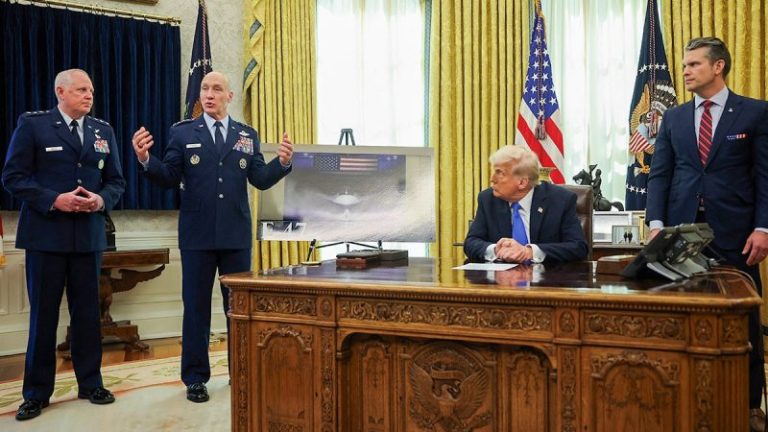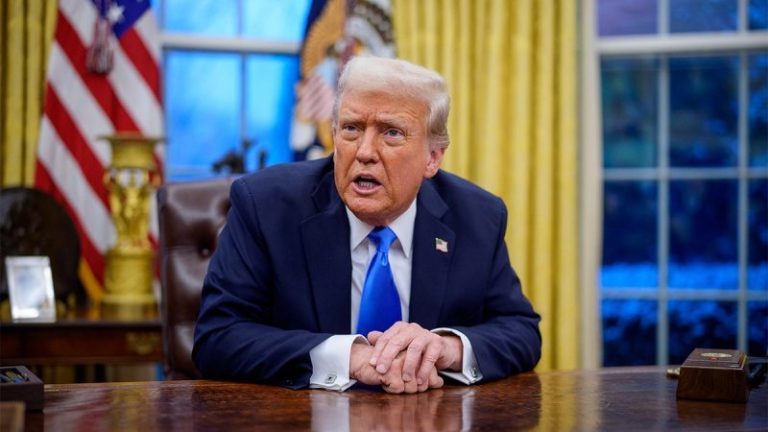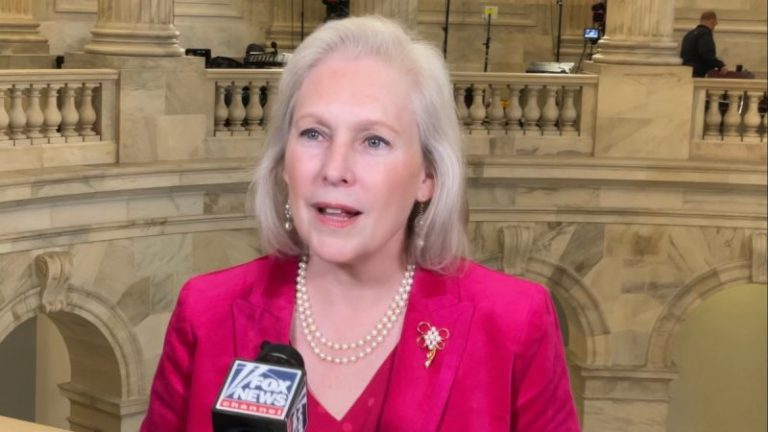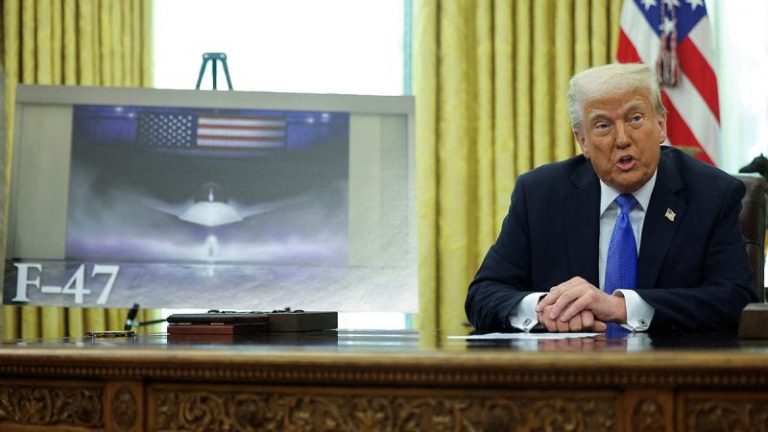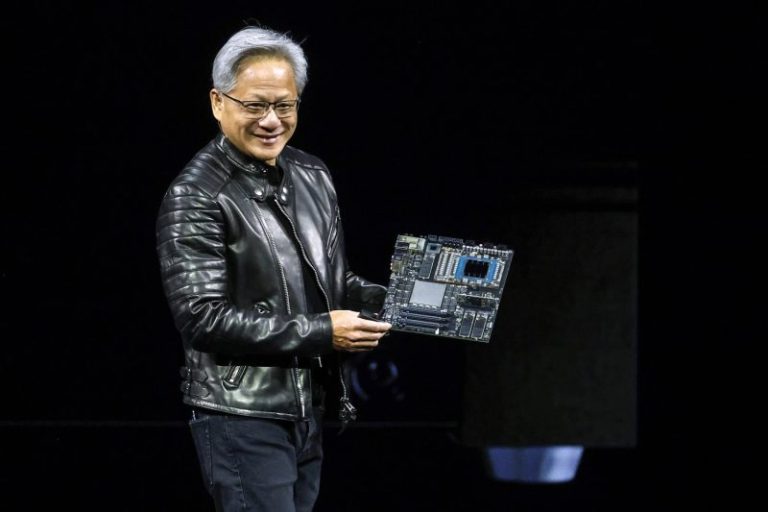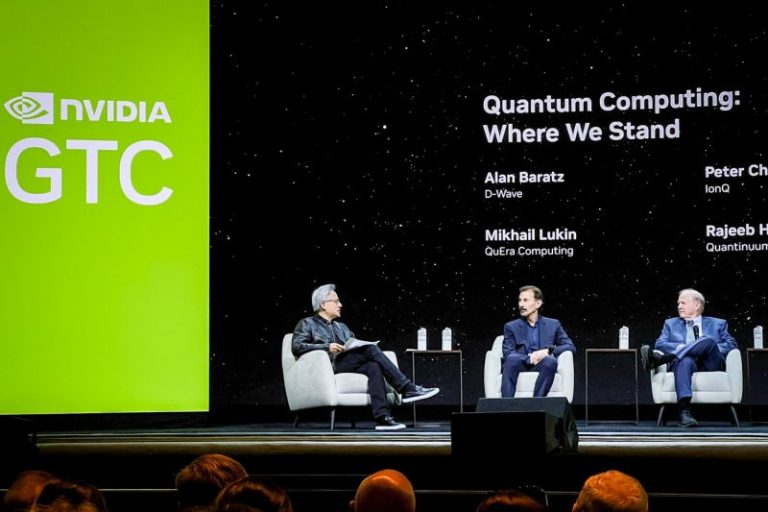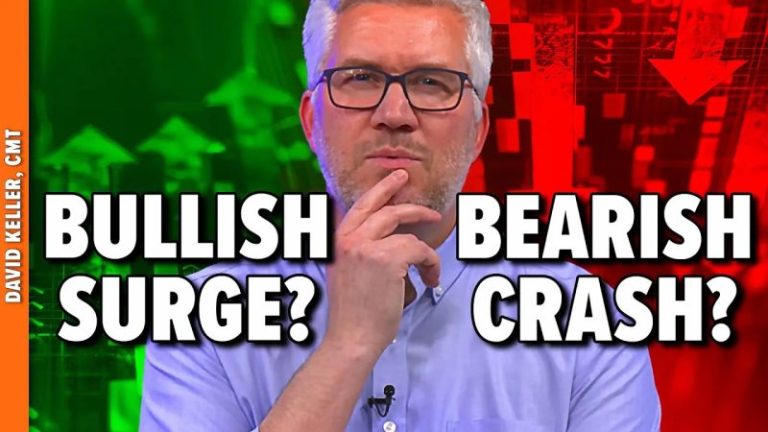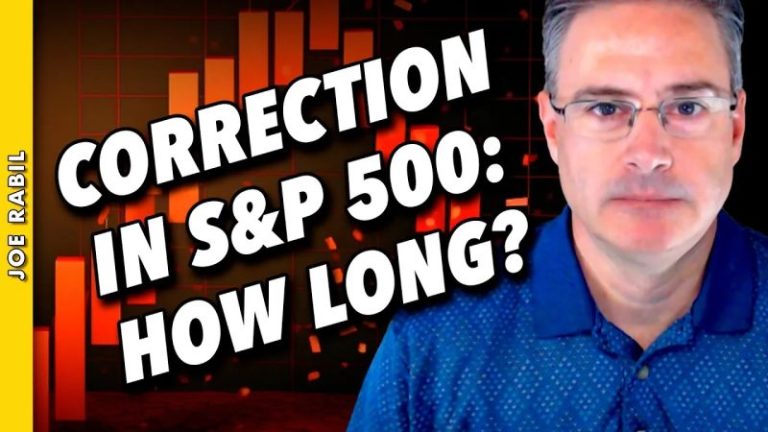President Donald Trump said former Vice President Kamala Harris’ running mate, Minnesota Gov. Tim Walz, contributed to the Democrats’ loss in the 2024 election.
Trump’s comments came in response to statements Walz provided in a podcast with California Gov. Gavin Newsom that aired on Tuesday, in which Walz predicted he could kick the ‘a–‘ of most Trump supporters.
‘Well, he’s a loser. Yeah. No, I think so. He lost an election,’ Trump said Friday in the Oval Office of the White House. ‘He played a part. You know, usually a vice president doesn’t play a part. They say. I think Tim played a part. I think he was so bad that he hurt her. But she hurt herself. And Joe hurt them both. They didn’t have a great group, but I would probably put him at the bottom of the group.’
A spokesperson for Walz did not immediately respond to a request for comment from Fox News Digital.
Walz’s comments originated during a discussion with Newsom about toxic masculinity. While Newsom discussed why he has brought on conservative figures like Charlie Kirk on his podcast because he believes one shouldn’t write someone off for having different views, Walz questioned how to challenge Trump backers.
‘How do you fight it? I think I could kick most of their a–. I do think that,’ Walz said in response. ‘But I don’t know if we’re going to fall into that place where we want to— okay, we challenge you to a WWE fight here type thing.’
Walz also told Newsom he believes ‘I scare them a little bit’ and that he’s received scrutiny from Republicans, prompting Newsom to laugh.
‘No, I’m serious, because they know I can fix a truck, they know I’m not bulls—-ing on this,’ Walz said.
Meanwhile, Walz received some criticism for his comments on the podcast.
Caitlyn Jenner, a trans woman formerly known as Bruce Jenner and former Olympic gold-medal decathlete, joked in an X post of being more ‘masculine’ than Walz.
Vice President JD Vance also addressed Walz’ comments in an interview with The Daily Caller’s Vince Coglianese that aired Thursday.
‘I have to say, Vince, I was never physically intimidated by Tim Walz,’ Vance said.
Vance also addressed speculation that Walz may attempt to run for the U.S. Senate, following his bid as Harris’ running mate in the 2024 election.
‘I’m not too worried about Tim Walz as a political talent,’ Vance said.

